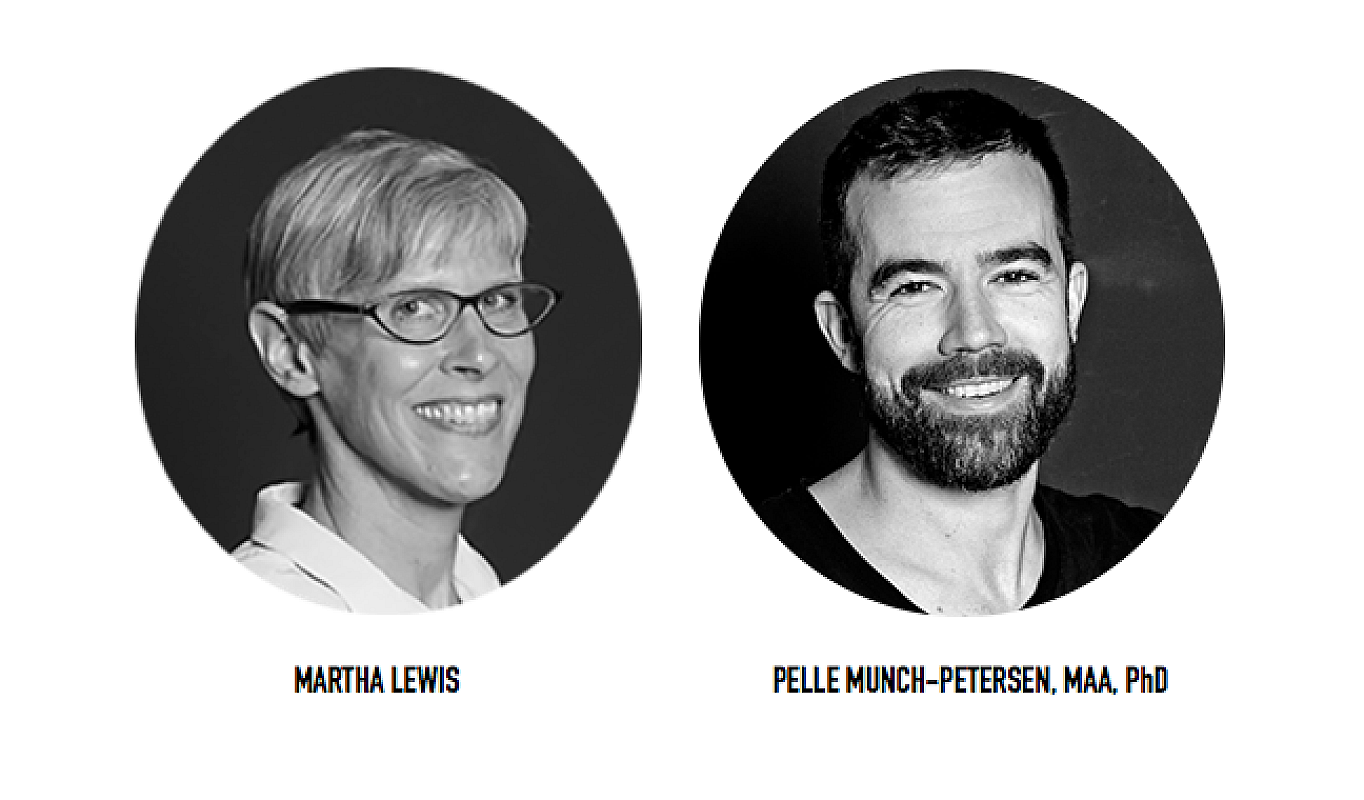Curious about embodied carbon in design and construction?
Designers and architects are continually facing a quest to make healthier choices for their projects. One burning challenge is to understand how to reduce embodied carbon in our projects. A new interactive tool to visualize and calculate carbon in materials is gaining global attention. The Construction Material Pyramid came out of Pelle Munch-Petersen’s Ph.D. He began to explore what material health issues really mean to the practice of architects and engineers. The Material Pyramid is an invitation to take ownership of the carbon emissions of products in construction.
Pelle Munch-Petersen, Ph.D., KADK - CINARK, and Martha Lewis, Head of Materials at Henning Larsen, will join us from Denmark on March 4th to discuss their advanced thinking on these complex issues. We invite you to join the lively discussion about Carbon and Chemicals’ effect on Human and Planetary Health.
Click the button on the left to register and we will send a zoom link in advance of the event.

About Martha Lewis
Martha Lewis is Head of Materials at Henning Larsen, where she promotes holistic strategies focusing on healthy, ethical, and environmentally tenable materials. Martha is currently involved in establishing a Danish building material passport and was a member of the Buildings as Material Banks shareholders network, investigating potential for an EU material passport. In 2016, she participated in the advisory group for the Danish Environmental protection Agency’s “Undesirable Substances in Sustainable Buildings” and has since published two papers on hazardous content in Danish and Nordic building products. Martha holds a MArch from Washington University and a BA from Vassar College.
About Pelle Munch-Petersen, MAA, PhD
Pelle Munch-Petersen, MAA, PhD, is a researcher from the Royal Danish Academy – Architecture, Design, Conservation / IBT / Cinark. His research is firmly rooted in his role as teacher and his past in practice and revolves around finding strategies and tools for operationalizing circular economy in order to achieve a sustainable building culture. As such, it is the problems and potentials in dealing with the sustainable technologies and materials of architecture that is central to the research and how circular economy and ecology challenged the existing methods of architectural design.
Join Our Academic Network
Get Access to our carefully researched and curated academic resources, including model syllabi and webinars. An email from an academic institution or a .edu email address is required. If your academic institution does not use .edu email addresses but you would like to join the network, please contact healthymaterialslab@newschool.edu.
Already have an account? Log in